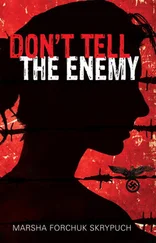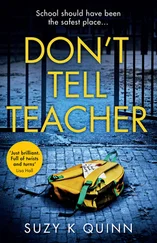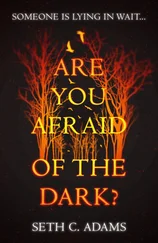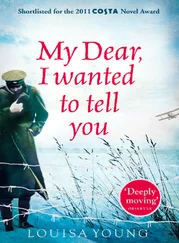The Italian boat is the one on the left.
I go under and come up, under and up. The water cradles me and takes hold of me. I swim a few vigorous strokes as forcefully as I can. I try to stay up and head for the ropes.
The ropes. The ropes are my goal, my finishing line.
As I slam my arms against the waves, I sing Hodan’s song in my head: our song about freedom. I sing it to myself as I go under and come up; I try to sing it with my mouth but I can’t, so I keep singing it in my mind.
Fly, Samia, fly, like a winged horse through the air….
Dream, Samia, dream, like the wind playing among the leaves….
Run, Samia, run, as if there were no particular reason….
Live, Samia, live, as if everything were a miracle….
. .
. .
. .
Then, finally, something happens.
Someone grabs me by the hand and pulls me to the rope. I don’t know how I do it, but thanks to this person whom I don’t recognize but for whom I feel an infinite love, I manage to grasp the line. The contact with the water becomes more gentle, horizontal, now.
I’m swimming.
No, someone is pulling me up. They’re lifting me on board the Italian boat.
… Fly, Samia, fly, like a winged horse through the air….
Now I can breathe finally. I’m able to breathe.
Once I’m on board they’ll take care of me.
They’ll dry me and warm me up.
How nice to be warm; the sea is so cold.
After a short time, just a little while, not more than a few hours of sailing, we’re in Lampedusa. In Italy.
It can’t be true: I’m finally in Italy.
I realized my dream; I made it.
… Dream, Samia, dream, like the wind playing among the leaves….
In Lampedusa I’m cared for.
They keep me in the hospital for two days. I tell them that I have to meet my coach in England, so they release me and take me to the airport.
From Lampedusa I take a plane to Rome.
From Rome another one to London.
In London, at Stansted, Mo Farah himself is waiting for me with his coach.
The first thing they do is complain about how long it took me to get there.
I apologize and we laugh; then all three of us head straight to the training field. I have a lot of time to make up, I know; I’m aware of it. I’ll have to work hard.
I recover quickly; I respond well.
In a few weeks I’m as strong as I was before, even stronger than I was.
… Run, Samia, run, as if there were no particular reason….
I just manage to make it in time to qualify for the 2012 London Olympics.
I’m in seventh heaven. I’ve never been more ecstatic.
I get through all the preliminary phases and, against all odds, make it to the finals.
The fans are with me.
On the starting blocks, televised worldwide, I’m in the fourth lane.
To my right is Veronica Campbell-Brown, to my left Florence Griffith Joyner, the fastest woman in the world.
… Live, Samia, live, as if everything were a miracle….
Boom.
There’s the start.
Now we run.
SAMIA YUSUF OMAR died in the Mediterranean Sea on April 2, 2012, while trying to reach ropes tossed out from an Italian vessel.
At the 2012 London Olympics, Mo Farah won the five-thousand- and ten-thousand-meter races, becoming a national hero in England and Somalia. A picture of him with Usain Bolt was viewed around the globe: the world’s swiftest sprinter and strongest long-distance runner in the same photograph.
Mannaar is five years old and still looks a lot like her aunt. It seems she is one of the fastest girls her age.
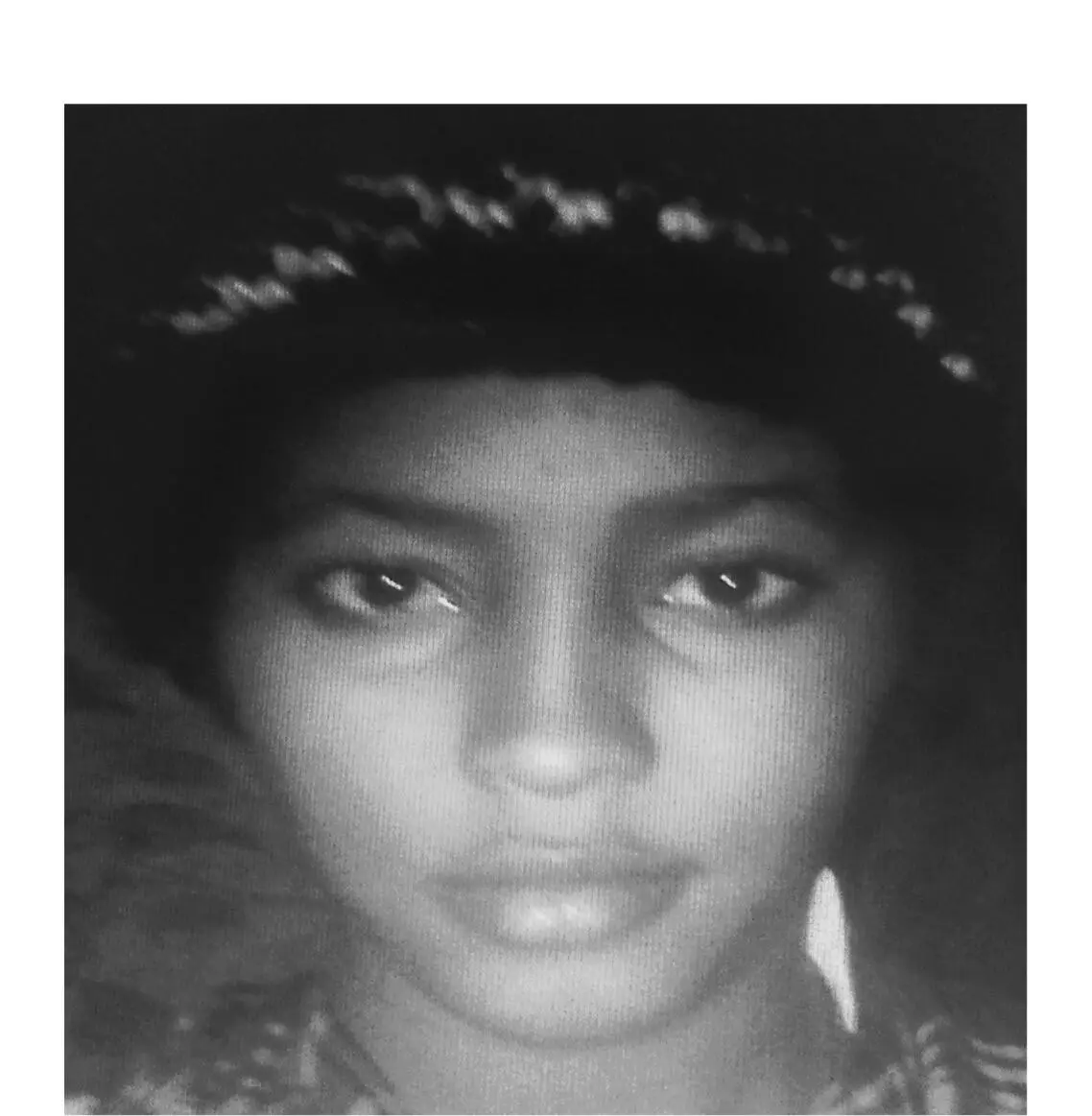
Samia
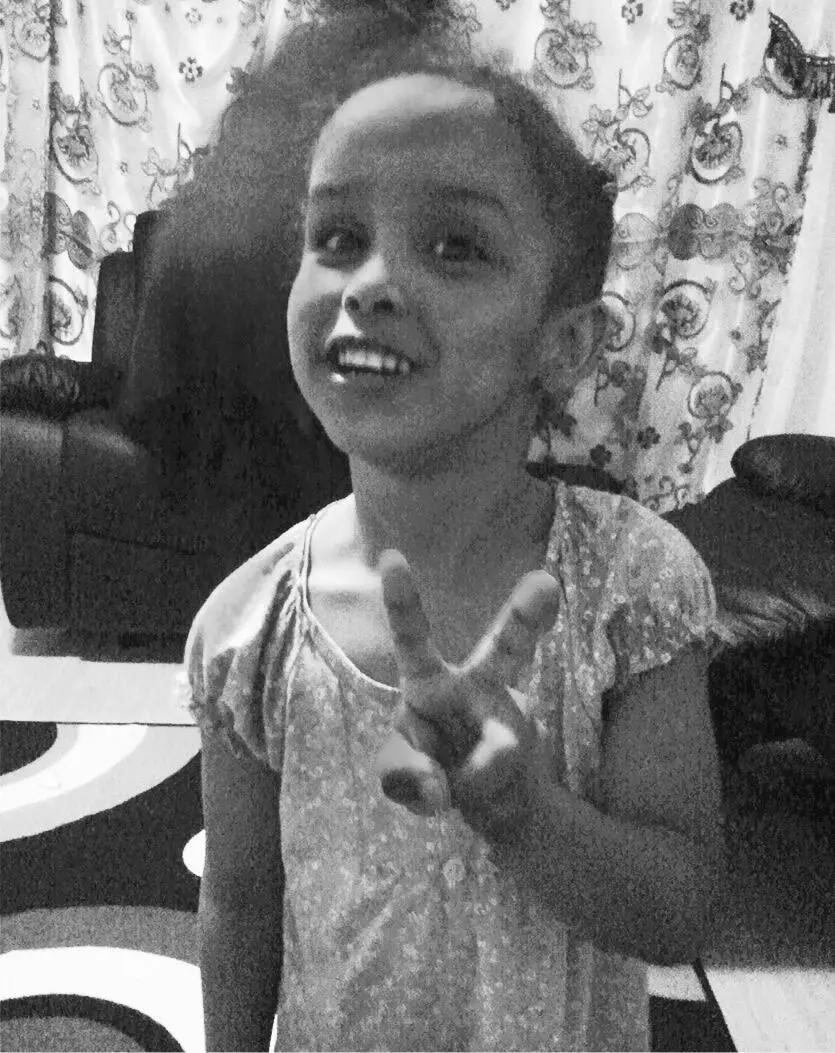
Mannaar. Helsinki, February 2013.

THIS BOOK IS THE RESULT of the efforts of a great many people — those who in various ways helped me write it or played a part in improving it once written or, even before that, gave me needed support to find the determination to write it.
First of all, thanks to my parents, who have always been there for me and who are a mainstay at even the most difficult moments, times when you’re not sure which way to go. Thanks to my nonna Michelina, who I know is smiling down from somewhere, watching me as I tap this keyboard. A big thanks to everyone at the Feltrinelli publishing house. Thanks to Carlo Feltrinelli for having loved the project from the start. Thanks to Gianluca Foglia for wanting to see it realized and for taking such care with it. Thanks to Alberto Rollo for having played a role in developing the emotional sensibility in me to “hear” Samia’s voice and for having been the first to tell me, “It’s beautiful.” Thanks to Alessandro Monti for his attentive, profound words after reading the book. Thanks to Giovanna Salvia for her invaluable work on the text. Thanks to Chiara Cardelli and Bettina Cristiani for having caught many things that still weren’t right. Thanks to Theo Collier and Bianca Dinapoli for having promoted this story to so many people around the world. Thanks to Alberto Schiavone, one of the first whom I let read this book. A collective thanks to Francesca Cappennani, Annalisa Laborai, Silvia Cassoni, Benedetta Bellisario, Rossella Fancoli, Francisco Lopez, and Ludovica Piccardo and Agnese Radaelli of the Association Il Razzismo è una brutta storia for agreeing to read the first draft and for the enthusiasm they expressed to me. Thanks to Andrea Vigentini and Salvatore Panaccione for their words, on more than one occasion. Thanks to Rodolfo Montuoro for his support and energy throughout. Thanks to Rosie Ficocelli for her precision on each of the drafts. Thanks to Raf Scelsi, who was able to listen at times when I was at a loss. Thanks to Giulia Romano, who shared many talks with me. Thanks to Gomma for the constant encouragement from afar. Thanks to Ana Díaz Ramírez for the photo. Thanks to Cristiano Guerri and Duccio Boscoli for all the work I made them do on the cover.
A huge thank-you also goes to my agent, Roberto Santachiara, a pillar of support and the second person ever with whom I shared this story, for having immediately encouraged me to write it.
Thanks to Roberto Saviano for having told me at what for me was a difficult moment: “Write!”
Thanks again to Igiaba Scego, with whom it all started.
Thanks to Francesco Polimanti for being responsive and open during the talk I gave about Samia’s story at the University of Miami in October 2013.
Thanks to someone who is always there for me: my sister Nicoletta.
And finally, my thanks to Chiara: There’s no need to reveal here how much you helped me before, during, and after.

I CAME UPON THE STORY of Samia Yusuf Omar by chance, on August 19, 2012, in Lamu, Kenya. It was morning, and Al Jazeera’s news report had briefly mentioned her at the conclusion of the London Olympics. The story struck me. A few days later I returned to Italy, where the writer Igiaba Scego had written about it in Pubblico. It is thanks to Igiaba and to Zahra Omar, far more than a mediator and interpreter, that I was able to meet Hodan and Mannaar in Helsinki during the frigid February of 2013. It is thanks to Zahra that Hodan and I were able to communicate in what immediately seemed like the same language. It is only thanks to Igiaba and to Zahra, therefore, that this book exists.
Читать дальше
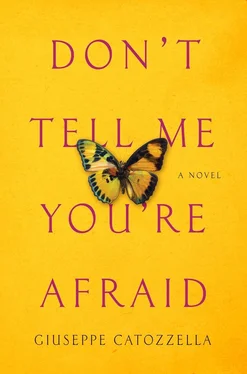






![Ally Carter - [Gallagher Girls 01] I'd Tell You I Love You But Then I'd Have to Kill You](/books/262179/ally-carter-gallagher-girls-01-i-d-tell-you-i-lo-thumb.webp)
